Iran-Saudi détente heralds shifting dynamics in regional trade
A reconciliation agreement reached between Iran and Saudi Arabia in March to resume diplomatic relations is opening a new vista of opportunity to revive and expand trade and investment.
Trade exchanges between the two regional powerhouses have a long history, hitting a high of $800 million before the diplomatic rupture in 2016 brought them down to zero.
The recent shuttling between the two countries has convinced officials to believe that bilateral trade would soon return to previous levels and even surpass them once relations are fully restored and embassies reopened, given the level of anticipation and enthusiasm which exists on both sides.
Following their deal brokered by China, Saudi Arabia's Finance Minister Mohammed al-Jadaan said that Saudi investments into Iran could happen "very quickly".
"There are a lot of opportunities for Saudi investments in Iran. We don't see impediments as long as the terms of any agreement would be respected," al-Jadaan said during the Financial Sector Conference in Riyadh.
"We have no reason not to invest in Iran, and we have no reason not to allow them to invest in Saudi Arabia. It is in our interest to make sure that both nations benefit from each other’s resources and competitive advantage," al-Jadaan later told Reuters in an interview.
Earlier this month, Iran’s Finance Minister Ehsan Khandouzi led an economic delegation to Jeddah, holding bilateral meetings with Saudi officials and talks with the Islamic Development Bank. It marked the first visit by an Iranian official to Saudi Arabia since Riyadh and Tehran agreed to resume diplomatic relations. Saudi officials also traveled to Tehran and Mashhad to scout out locations for the kingdom’s diplomatic missions.
Both sides have agreed to re-activate a 2001 security agreement, which covers cooperation in fighting drugs, smuggling and organized crime, as well as another earlier pact on trade, economy and investment.
“After the political and diplomatic relations with Saudi Arabia are established, the two countries’ priority will automatically be economy,” Mehdi Safari, Iran’s deputy foreign minister for economic diplomacy, said recently.
“I feel that these relations will increase in various fields because the Islamic Republic of Iran is no longer the country of 10 years ago and has a lot of potential, especially in cutting-edge technologies,” he said, citing medical equipment and nanotechnology products as examples.
Iran’s development plan shares the same goal of boosting interconnectivity through cooperation in energy, trade, investment and technology as Saudi Arabia’s Vision 2030 social reform and economic diversification agenda, launched in 2016 by Crown Prince Mohammed bin Salman.
According to spokesman for the trade promotion commission of Iran’s House of Industry, Mining and Trade Ruhollah Latifi, Iran's food and agricultural products, along with steel, are the prime sources to develop economic relations between the two countries. They come with an advantage: a lower finished price, thanks to lower energy and manpower costs and the geographical proximity between Iran and Saudi Arabia.
Latifi said Iran’s exports of steel to Saudi Arabia started three months ago and $14 million worth of steel was already sold.
Before ties got strained, Saudi-based Savola Group owned 79.9% of Behshahr Industrial Company, along with 100% ownership in the Savola Behshahr Sugar Company, distribution firm Tolue Pakshe Aftab, and confectionery maker Modern Behtaam Royan Kaveh, according to the group’s annual report in 2015.
Behshahr was an important part of Savola’s business, accounting for 13% of its total revenues in 2014. In 2014, the Iranian firm saw sales of $923 million, around 37% of Savola’s edible oils business.
Another emerging area of cooperation between the two nations could be logistics. The kingdom’s courier, express and parcel services market is forecast to grow over the next five years, offering Iran’s huge transit sector an opportunity due to its geographic location and current geopolitical developments.
Saudi-based companies and its international e-commerce express service are looking at ways to improve trade between China, Saudi Arabia, the UAE, Bahrain and the wider Middle East to keep up with the demand for cross-border commerce.
The emergence of the International North-South Transport Corridor (INSTC) -- a multinational project to connect India with Europe and Central Asian markets – has laid out Iran's role in international transport corridors.
The potential of Iran’s transit sector is huge due to geography and current geopolitical developments. In addition to Asia-Russia trade, Iran also offers a good alternative to Russia’s growing trade with Persian Gulf economies. The Iranian government says it is implementing projects to improve port capacity, rail and road infrastructure, smart transportation terminals and most importantly, modernizing the transportation fleet.
According to Latifi, the joint transit of goods and Saudi Arabia's access to West Asian countries through Iran is another important area of possible cooperation and investment.
The Islamic Republic seeks to align the INSTC with China's vast Belt and Road Initiative (BRI), a set of maritime and rail routes linking China to Europe via Africa and Central Asia.

Saudi Arabia has already taken a step towards joining a Chinese-led regional security and trade club, the Shanghai Cooperation Organization. The kingdom will become a dialogue partner after the move was approved by its parliament in March.
Iran is expected to become a full member of the alliance this year after signing a memorandum of obligations last September.
Other Middle Eastern states such as Qatar and Egypt are also dialogue partners of the SCO, a first step to full membership.
The group comprising China, India, Russia and Pakistan alongside four Central Asian states agreed last year a roadmap for the gradual increase in the share of national currencies in mutual settlements, and called for an expansion of the practice.
In January, Saudi Finance Minister Jadaan said that the kingdom is open to discussions about trade in currencies other than the US dollar.
China is the first trading partner for both Iran and Saudi Arabia, giving it a special leverage to build confidence between the two Muslim countries.
Iran’s political and border disputes with the UAE, Turkey and Afghanistan do not hinder them from maintaining strong trade relationship. That’s not the case with Saudi Arabia, where political considerations always precede economic relationship.
The recent rapprochement, however, ushers in a new era of regional cooperation. Shifting political wills and increasing commercial rationales are set to shape the new patterns of interaction between Iran and other Arab states in the Persian Gulf. The signs are all good.
'Gaza has won': Social media users react to ceasefire with mix of relief, joy
Iran seeks South Korea’s assistance for AI, fiber-optic projects
VIDEO | Iran's 'Eqtedar' (Power) maneuver
Israel hits HTS military target in Syria for 1st time since fall of Assad
VIDEO | Press TV's news headlines
Israel has slaughtered 13,000 students in Gaza, West Bank
VIDEO | More Zionist than Zionists: Biden’s legacy to be defined by Gaza genocide
Hamas confirms handing approval of Gaza ceasefire deal to mediators


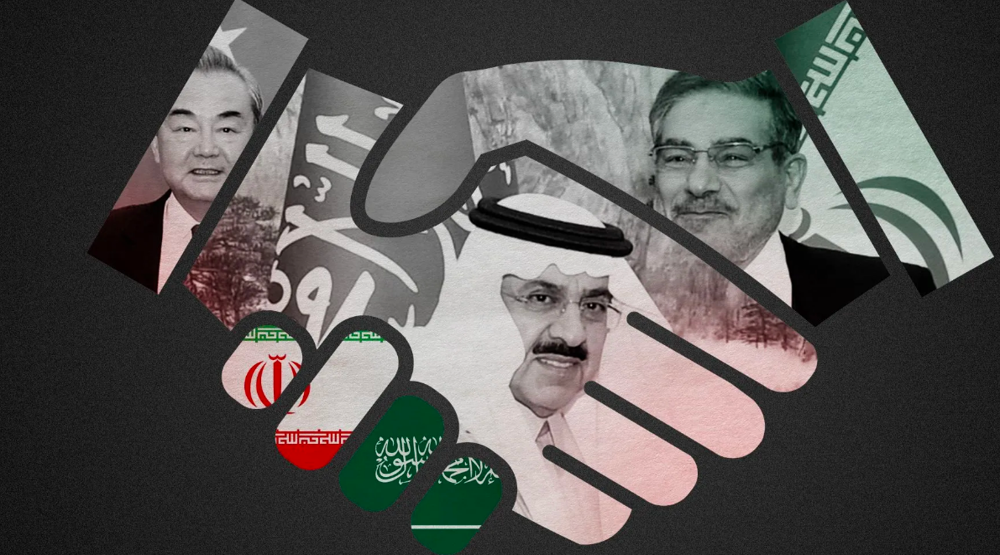
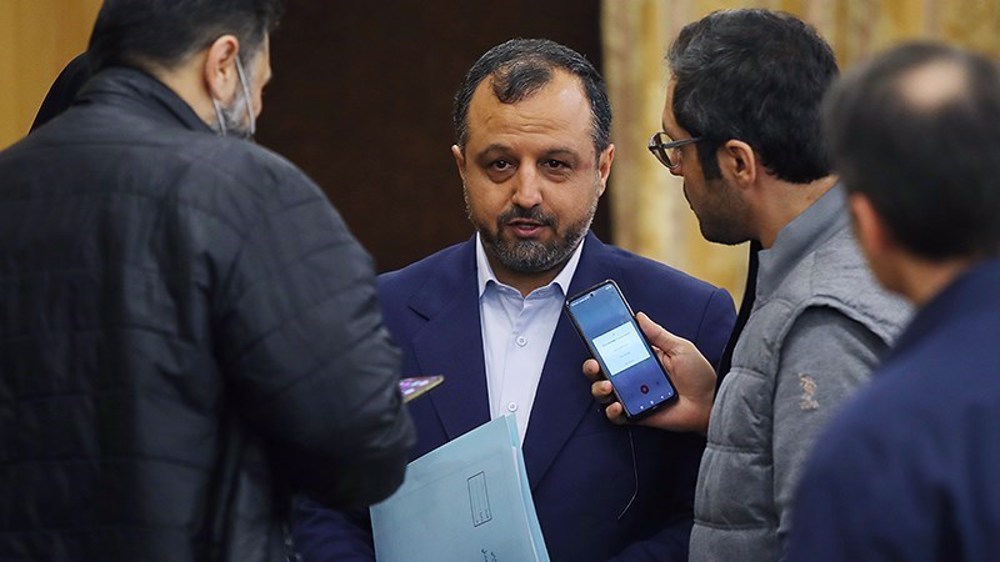
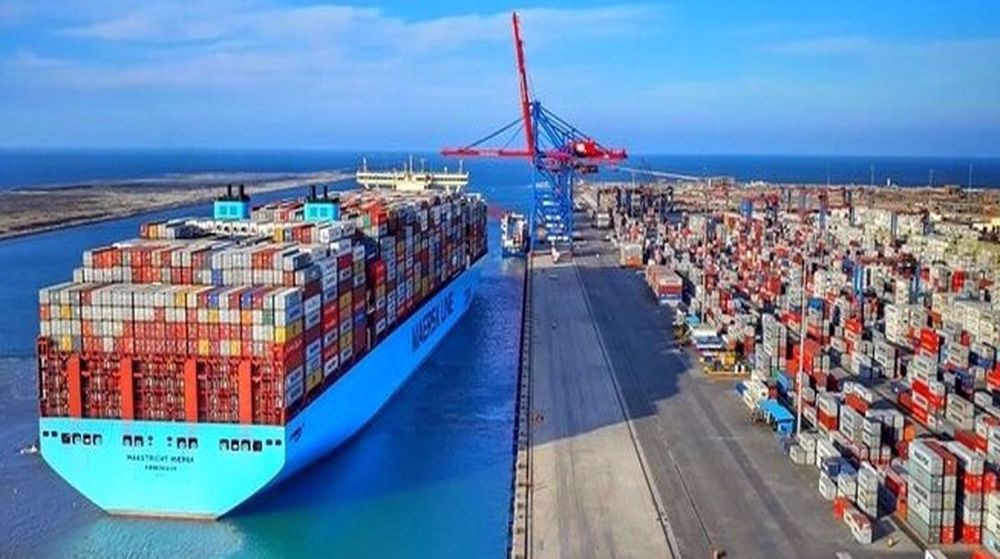
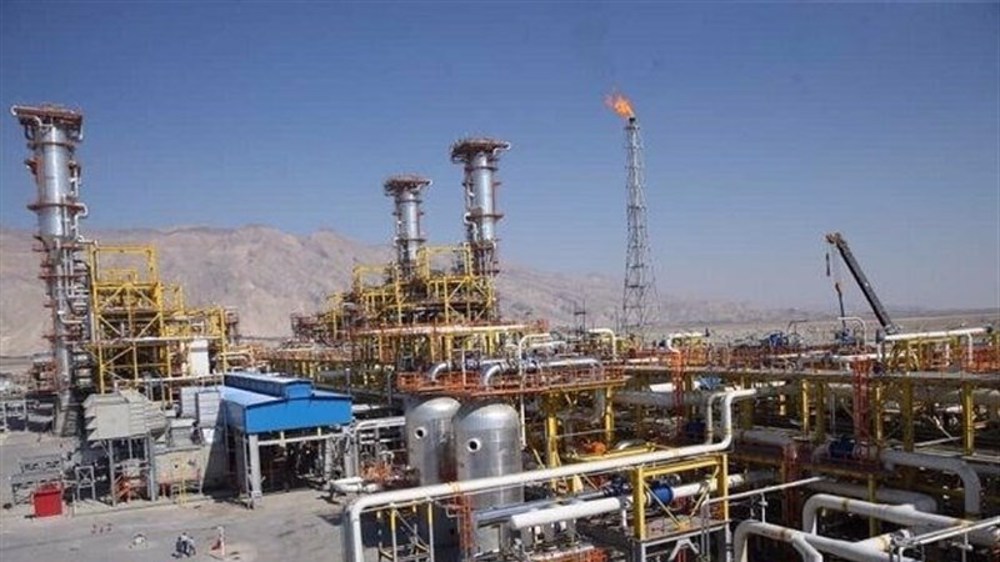
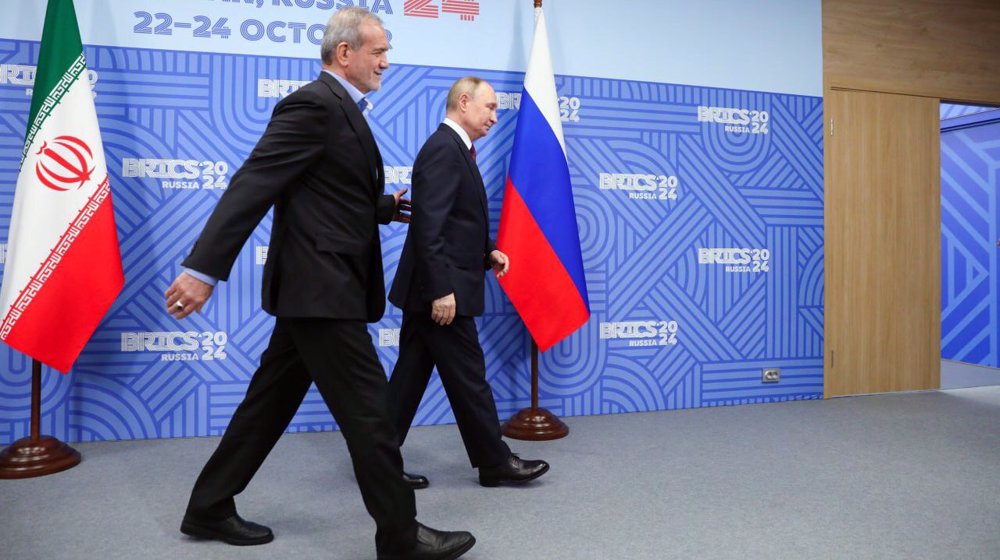




 This makes it easy to access the Press TV website
This makes it easy to access the Press TV website